Infiltrating London: Subterranean Exploration in the British Capital

London is a complicated place. It is a melting pot of cultures and races, a nexus for trade and travel, which archaeologists believe to have been occupied for more than 6,000 years. With every passing age, with each new society that has laid a claim to this settlement on the Thames Estuary, London’s roots have grown deeper and deeper into the soil of England.
The result today is a multifaceted and wholly organic entity, one in which Roman ruins rub shoulders with Victorian ice wells, between historic catacombs and contemporary rail tracks. London’s layers spread out deep, far, and wide beneath the limited surface space. Beneath the paved streets is a tangled labyrinth of storm drains and sewers, subterranean rivers, the booming network of underground train tunnels, a warren of wartime bunkers, and deep level shelter facilities. Then, beneath that, there are areas of new bore. Even now London’s roots are searching deeper still, pushing further into the Earth’s crust to make room for high-speed rail connections and advanced data delivery conduits.

A Victorian ice well beneath King’s Cross (photograph by Darmon Richter)

The catacombs beneath London’s Brompton Cemetery (photograph by Darmon Richter)
It should be no surprise then that London is something of a mecca for urban explorers. However, London is not Eastern Europe, where regime changes have left many underground facilities obsolete, their bulkhead doors hanging open and inviting to those who would dare to peek beneath the surface. This is not Australia, where explorers are discouraged from entering the extensive storm drain networks largely for their own benefit, on account of the many deadly creatures which thrive in these dank and disconnected places.
In a city of 8.3 million people, there is limited room for abandonment. London moves quickly, and there is little time to forget. Almost every inch of London’s subterranean realm still serves a purpose — from cable runs to data storage vaults — and those that don’t are simply waiting to be allotted new roles in the substructure of the capital.
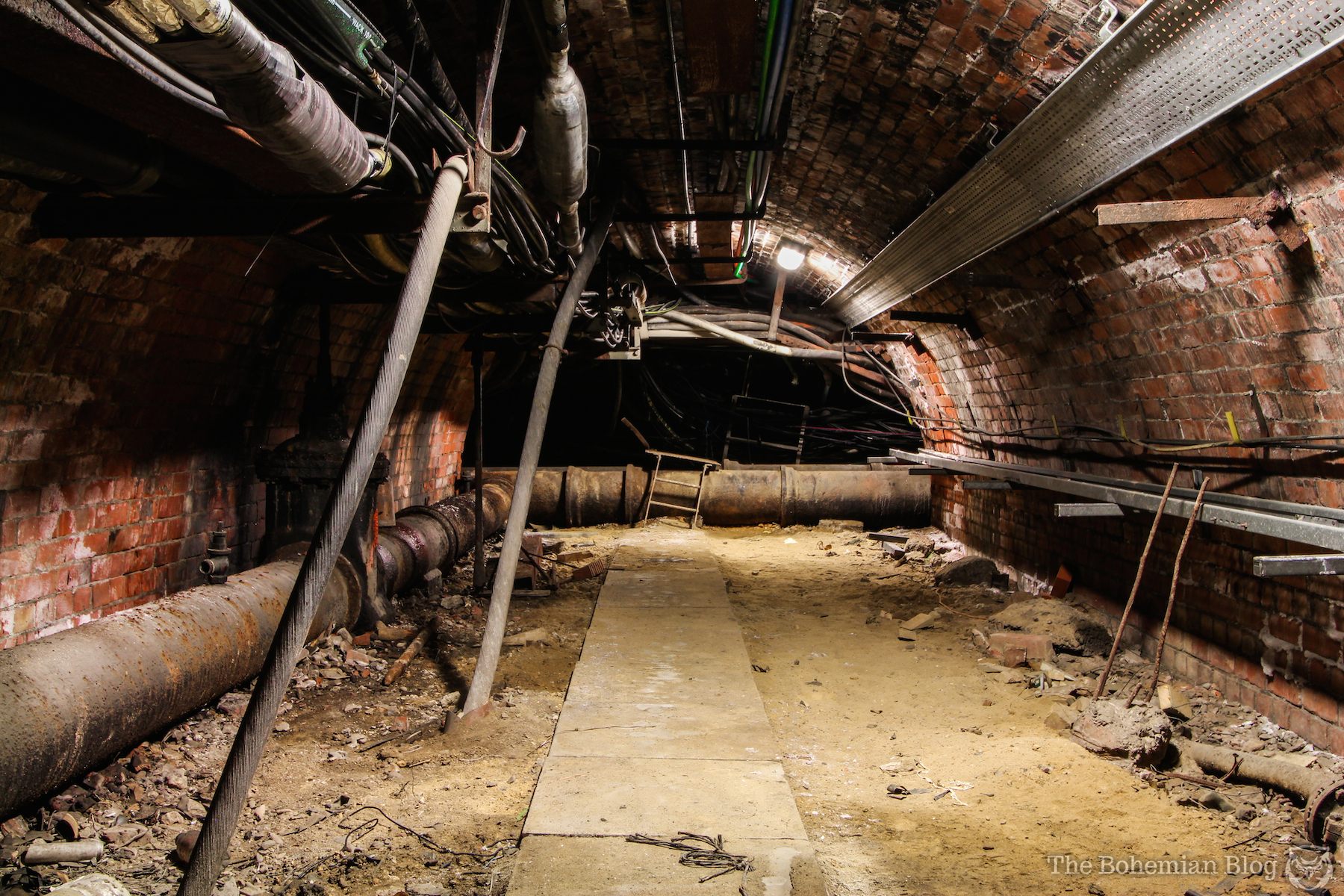
A utility tunnel beneath the capital (photograph by Darmon Richter)
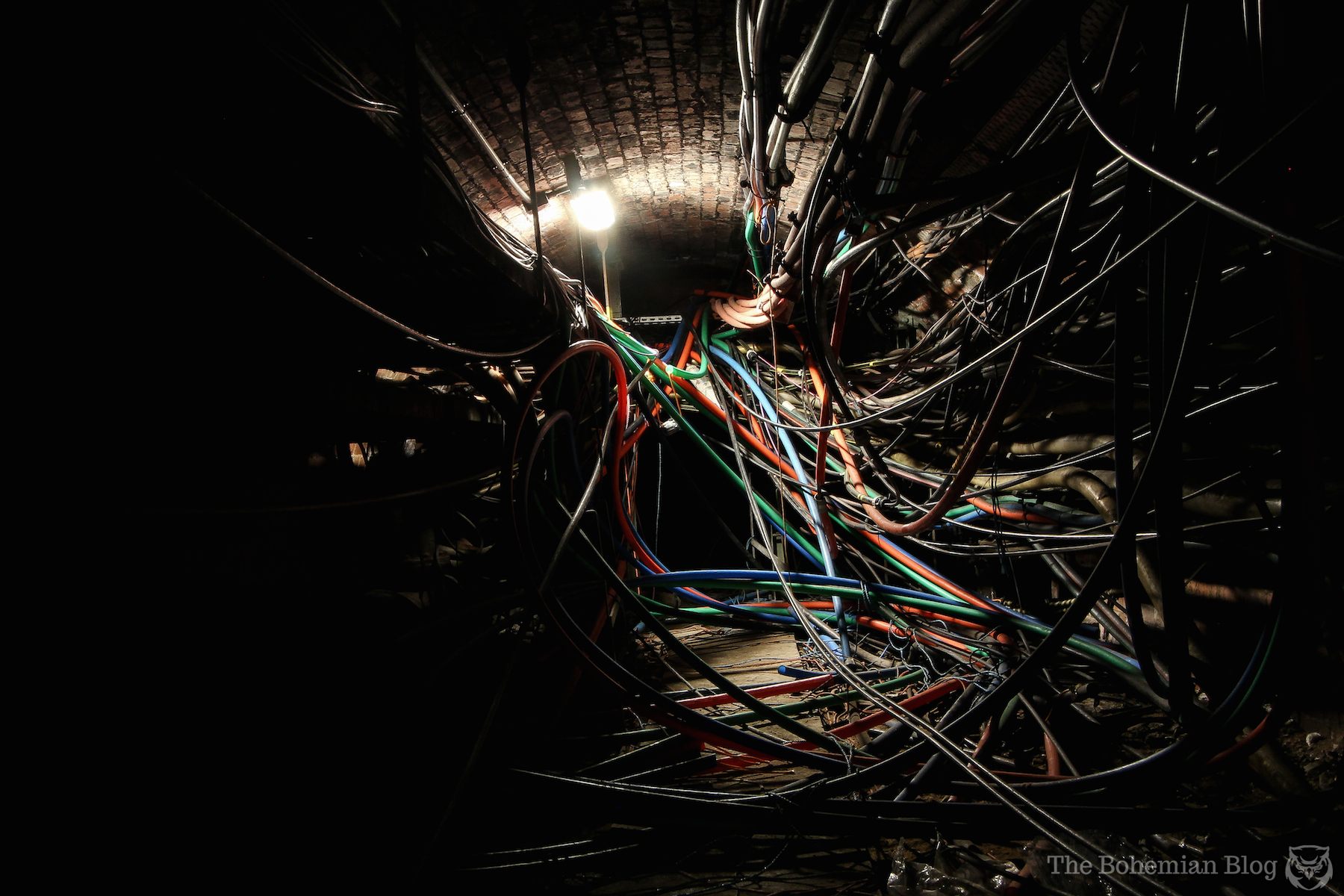
Cable runs underneath London often serve as conduits for gas, electricity, telephone lines, & even fiber optics (photograph by Darmon Richter)
Meanwhile, in recent decades, this dense metropolis has bred its own unique brand of paranoia. Particularly in the wake of the London bombings on July 7, 2005, the whispers of terrorism have fueled a fear that has seen the city build towards an Orwellian dystopia of suspicion and surveillance. Take Jean Charles de Menezes, the Brazilian man who in 2005 was shot seven times in the head at close range by London police, after “behaving suspiciously” at Stockwell tube station, the day after one of the terrorist attacks.
A 2013 security industry report claimed Britain features one CCTV camera for every 11 people. It used to be said that in London, one would never be more than six feet away from a rat. Now the same seems to be true for electric surveillance systems; with more than 422,000 security cameras posted around the British capital, it’s hard to ever feel truly alone in London.
With such widespread paranoia, advanced surveillance networks, and the occasionally heavy-handy response from police and security services, one might be left wondering how — or even why — a growing number of Londoners are exploring the restricted realms beneath the city pavements.
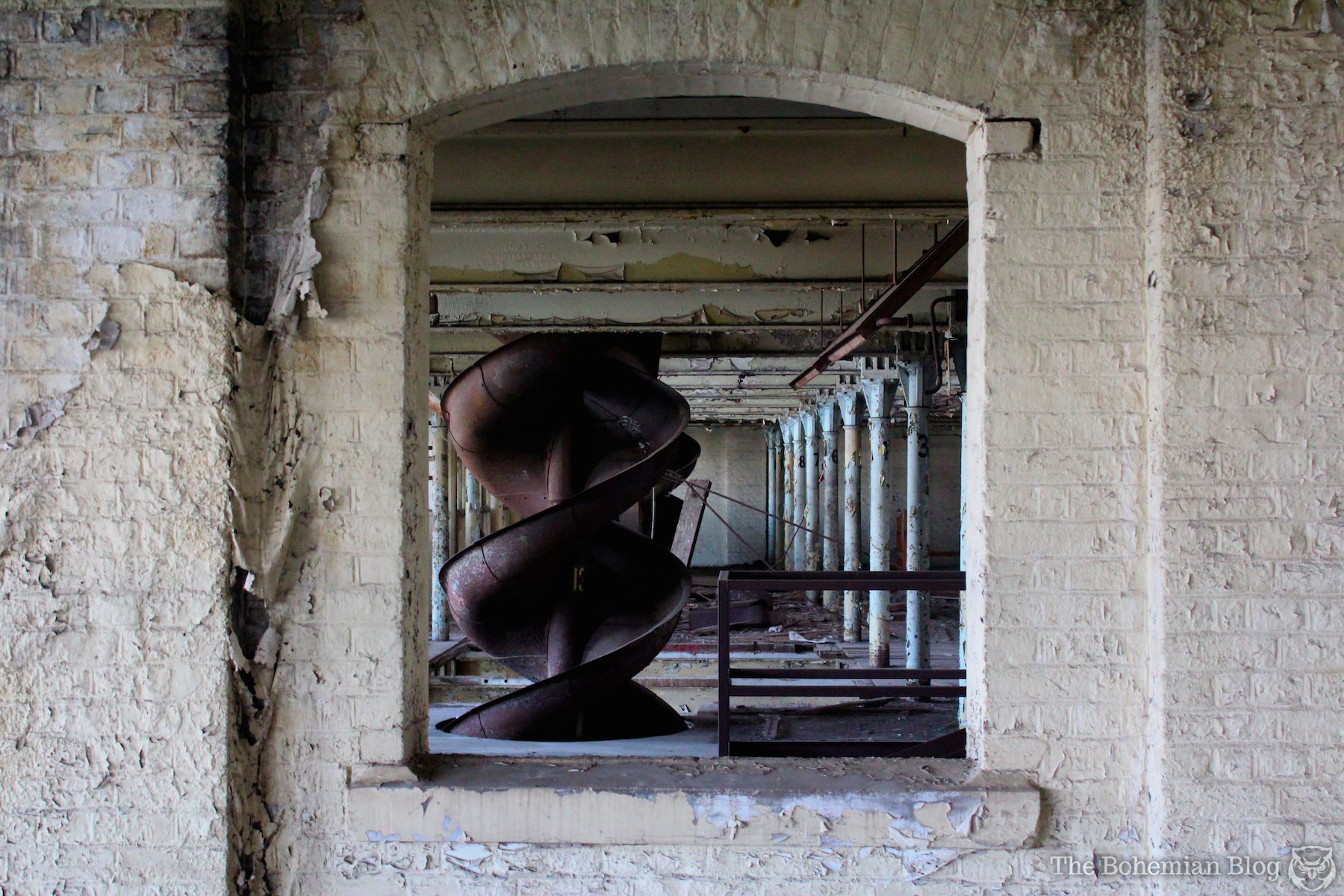
The ruins of London’s Rank Hovis Mill (photograph by Darmon Richter)
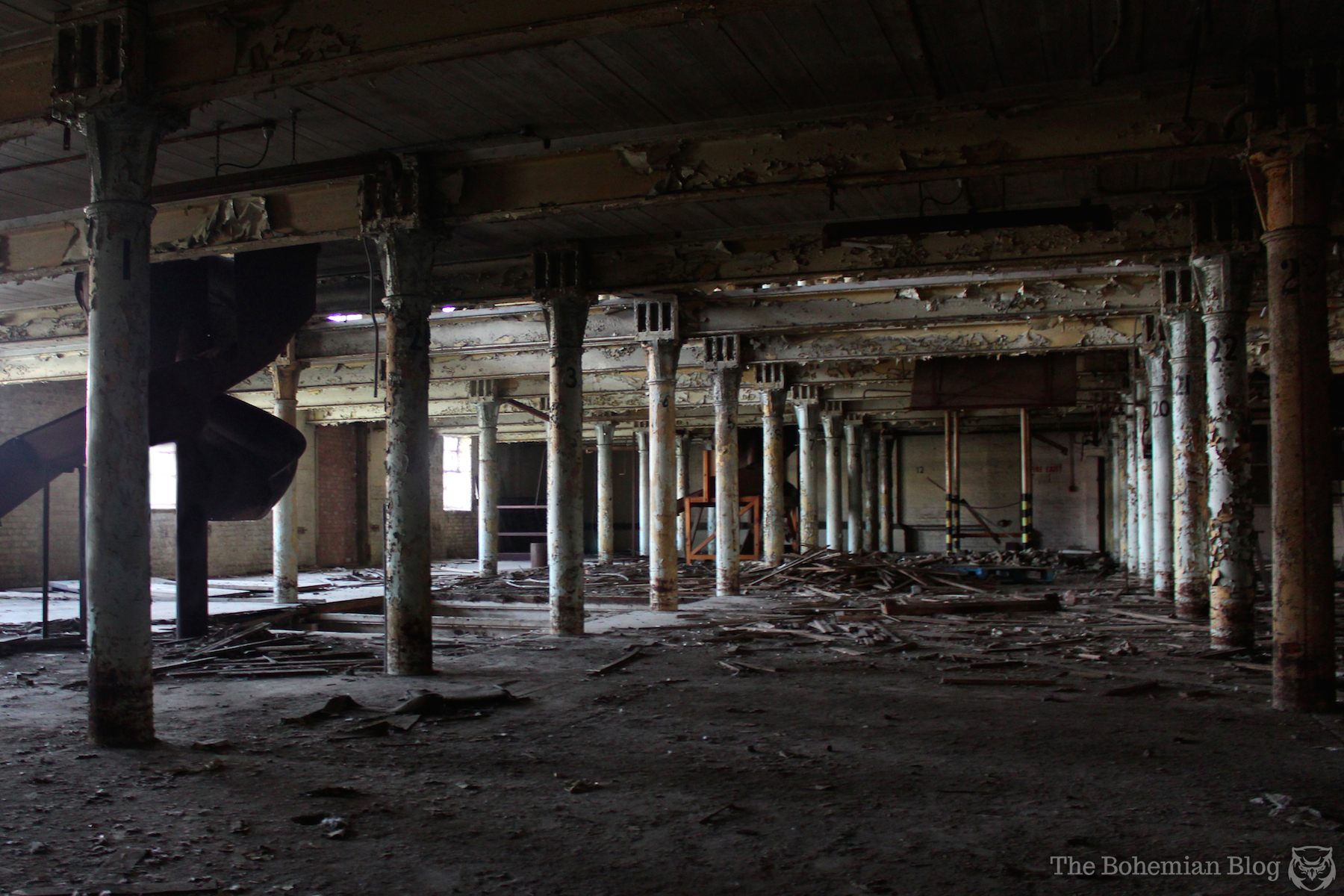
These abandoned dockside mills are a popular training ground amongst the city’s urban explorers (photograph by Darmon Richter)
The answer is simply that London’s urban explorers are some of the best in the world. They need to be. In Paris, by comparison, the police will often turn a blind eye to the cataphiles who frequent the city’s network of underground tunnels. In Russia, Ukraine, and China — provided such spaces are not in current military use — people generally don’t care what you get up to. So long as it doesn’t impact them, you’re free to take your own risks. In London, however, the combination of dense population alongside heightened security paranoia means accessing the city’s underground realms will often necessitate extensive planning, patience, and stealth.
The city features regular abandonments, too — hospitals, asylums, mills, schools — where trespassers face little more risk than being chased off by an angry security guard. Press further though, look deeper beneath the surface, and one finds a twisting labyrinth of old stone.
London’s lost rivers are a popular starting point. There’s the Tyburn, the Fleet, the Effra, the Walbrook, and the Moselle. In total, more than a dozen former streams and rivers, which in time were swallowed by the shifting concrete continent of the booming metropolis above.
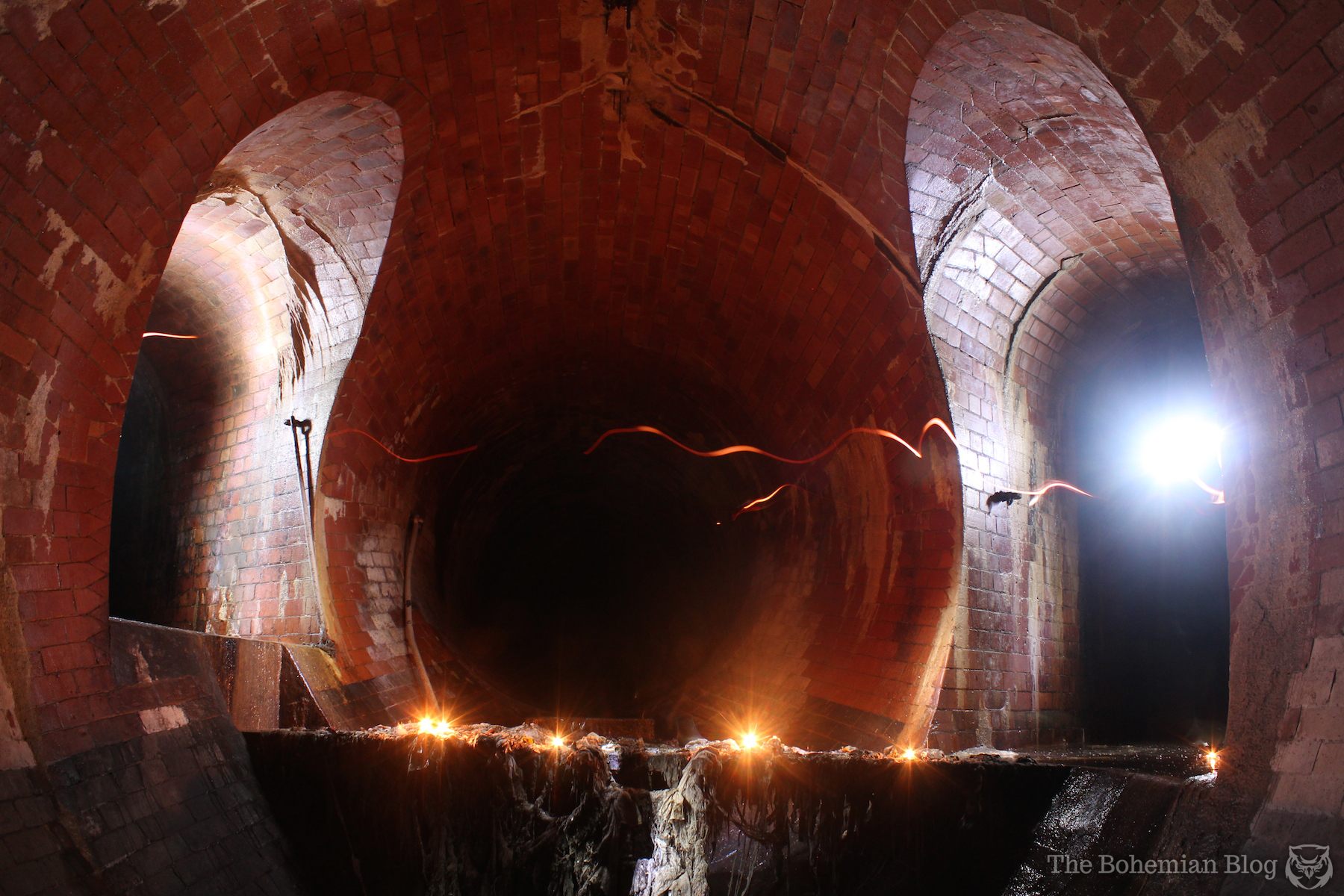
A junction in the Victorian-era subterranean River Effra (photograph by Darmon Richter)

Exploring what’s left of the River Effra (photograph by Darmon Richter)
London’s complex network of drains and sewers was largely conceived and constructed in the late Victorian era under the engineer Sir Joseph Bazalgette. It was an age when the Thames River was choked with sewage, and cholera was rife in the city. This system — more than 1,100 miles of brick sewers — came as a revolution in city planning.
Today, this twisting Victorian maze is largely explorable, provided you know the way in. The location of the numerous entry points is a closely-guarded secret amongst those in the know, whilst authorities are regularly sealing hatches around the city. It’s easy to see why — these subterranean rivers spread like veins beneath the skin of London, passing directly under some of the city’s most prestigious and fortified locations. There are stories of manhole covers opening up beneath the MI6 building, and the grounds of Buckingham Palace.
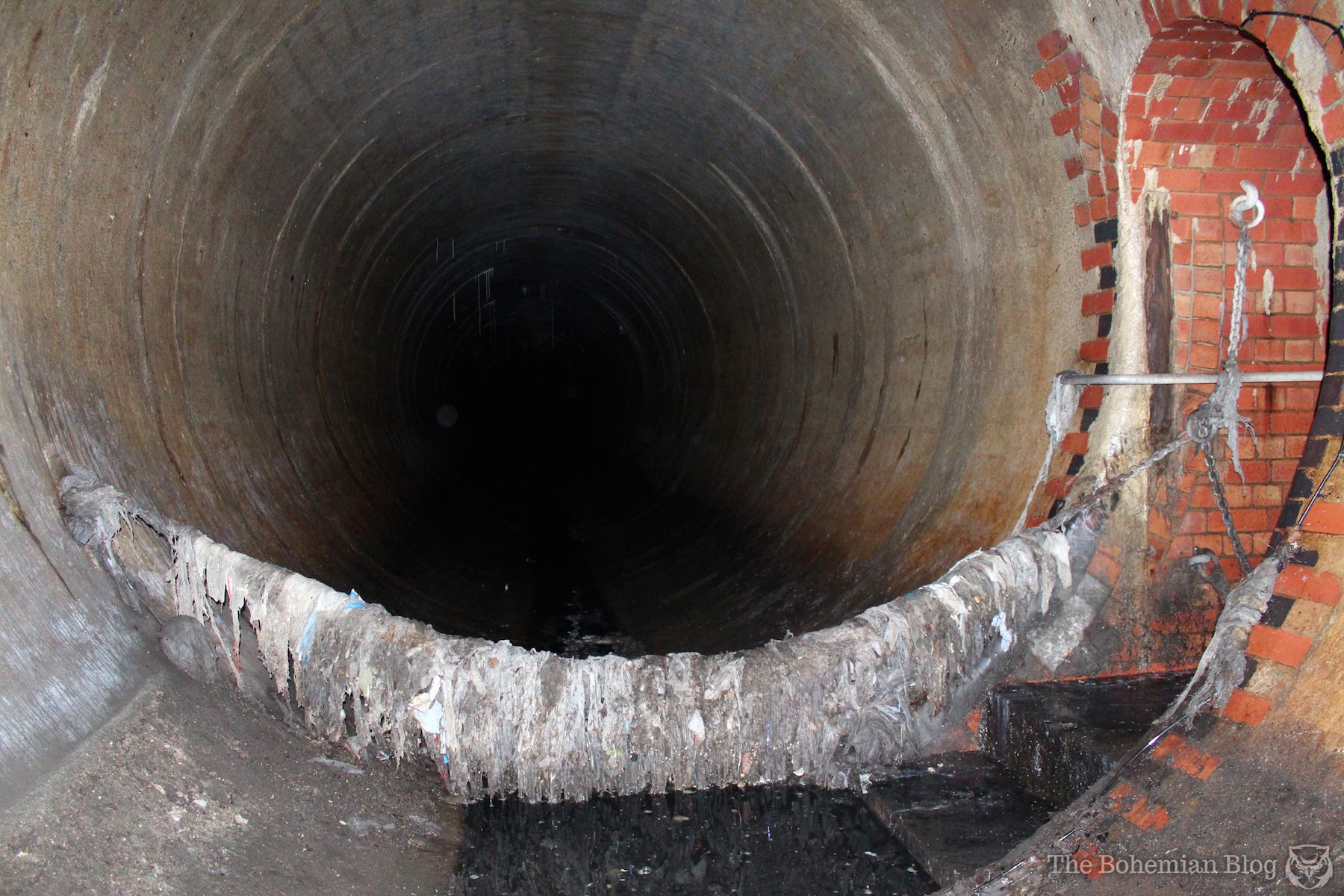
Knee-deep in filth, in the subterranean bowels of old London (photograph by Darmon Richter)
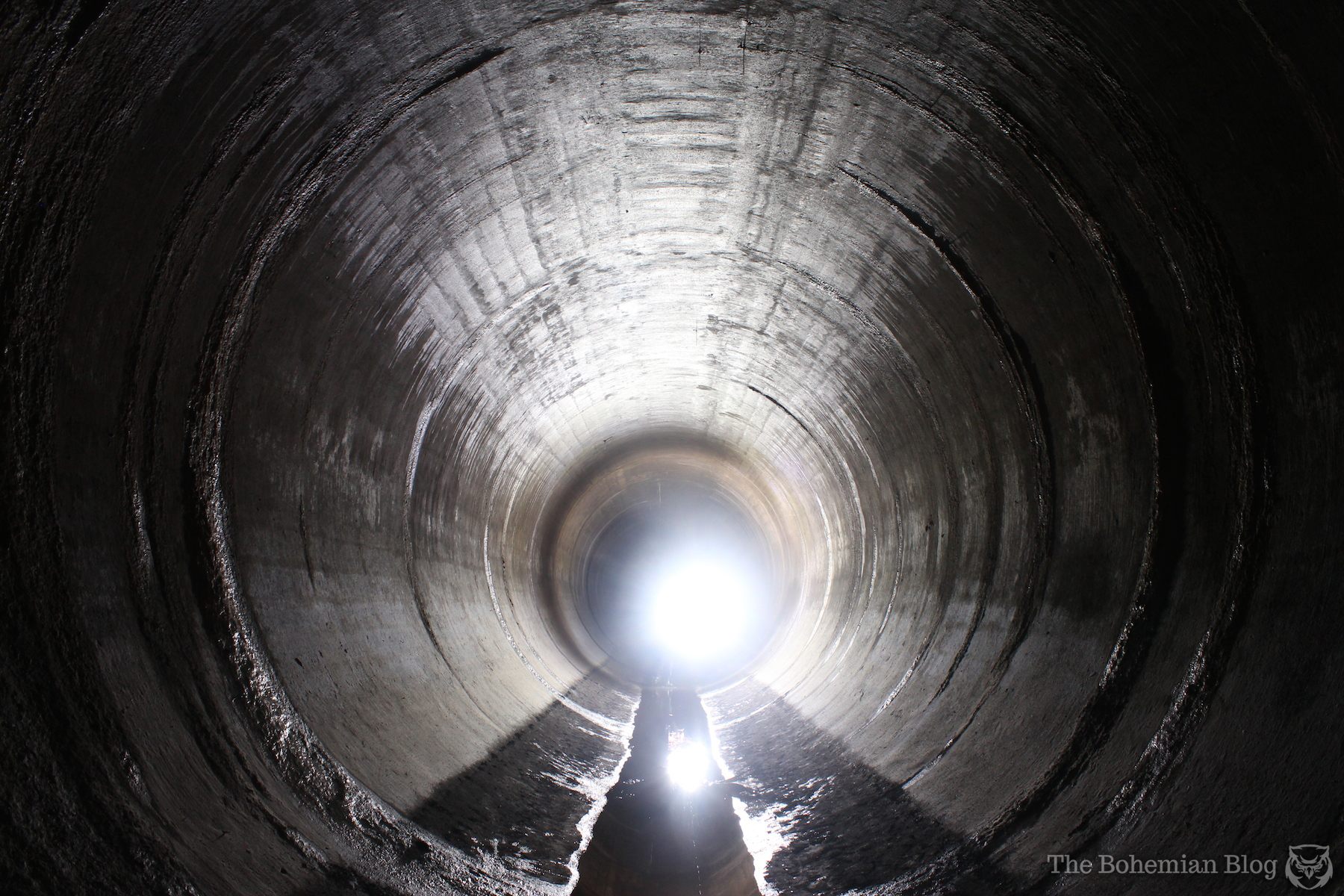
Light at the end of the tunnel… (photograph by Darmon Richter)
If the security of London’s subterranean rivers appears rigid, it’s nothing compared to the city’s lower levels. For many of London’s urban explorers, the Holy Grail lies deeper still: in its long decommissioned rail terminals, the famous “Ghost Stations” of the London Underground. More than 40 such stations exist, some of little changed since their closure. The outdated posters and decades of dust give the impression of stepping inside a time capsule.
The penalties for such explorations run steep. Those caught accessing London’s abandoned underground stations — either through their sealed overground entrances, or by “running the tracks” — are liable to face the full force of the British Transport Police. You’ll not find details of such transgression in this article, but for anyone interested in learning what it’s like to suffer the wrath of the BTP, Bradley L. Garrett’s Explore Everything makes for highly recommended reading.
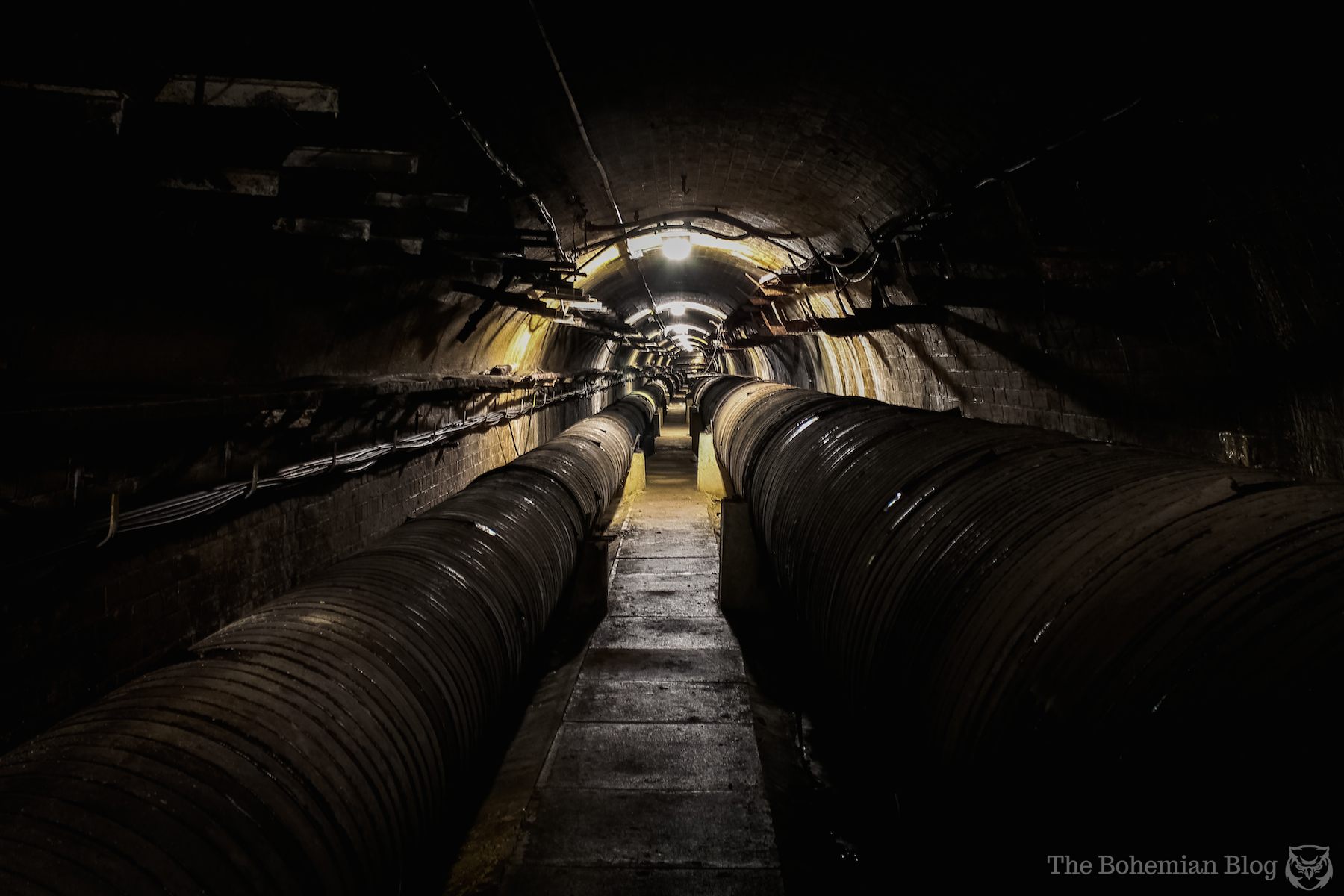
One of the largest of London’s cable runs follows the course of the Thames (photograph by Darmon Richter)
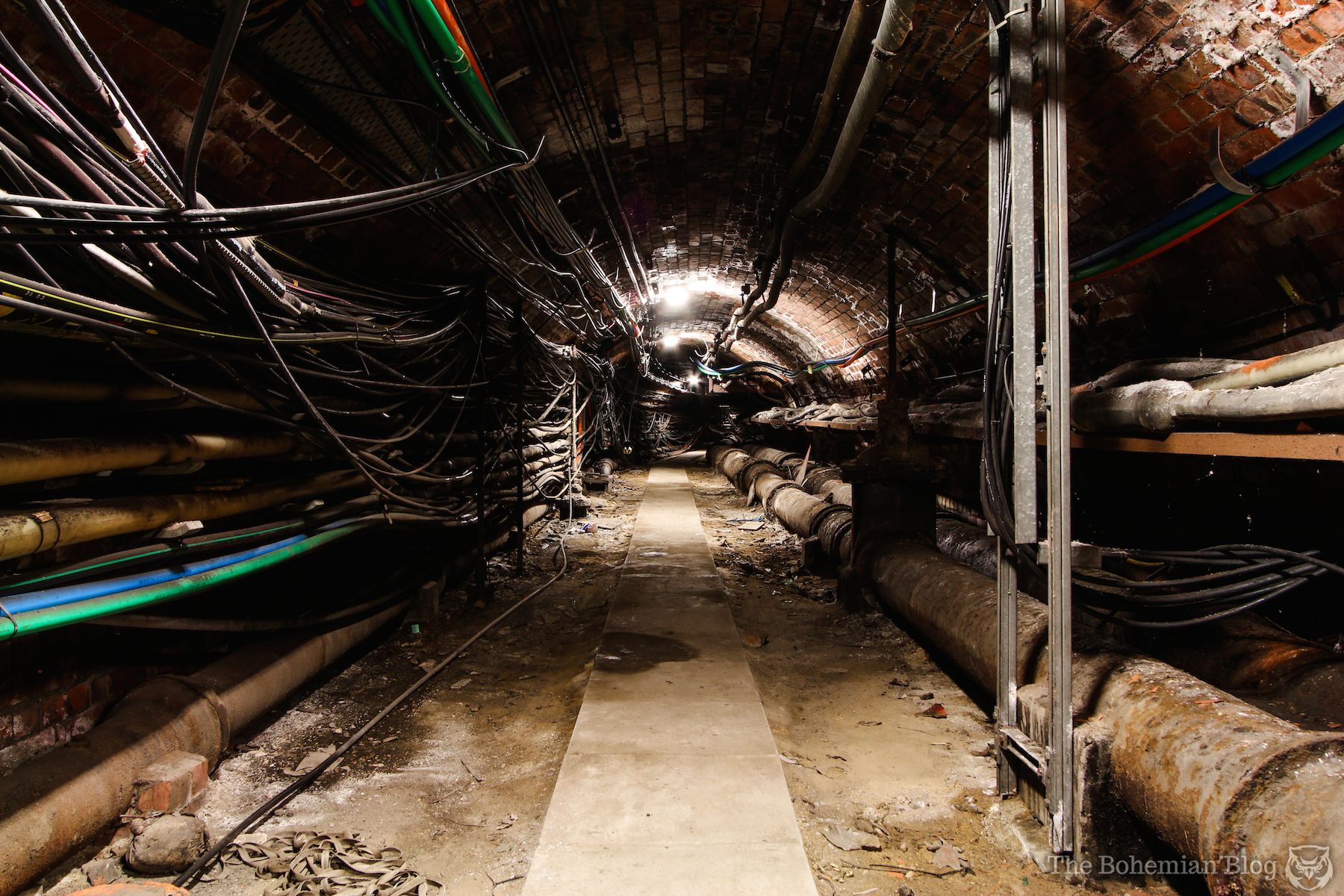
Deep in the labyrinth of tunnels beneath London (photograph by Darmon Richter)
What does that leave behind? The spaces in between London’s sub-street drainage and deep level shelters, the strata between its cellars and its long forgotten Ghost Stations, are riddled with the bore holes of over a century of growth and innovation. Red brick tunnels wind this way and that, labyrinths dreamed up by Victorian minds are now furnished with an evolving network of pipes, cables, and conduits — the city’s own nervous system.
In a capital so concerned with security, with surveillance and routine, a descent into London’s subterranean past offers a rare opportunity to step out of the spotlight, to engage with history firsthand, here in the city’s silent oubliettes.
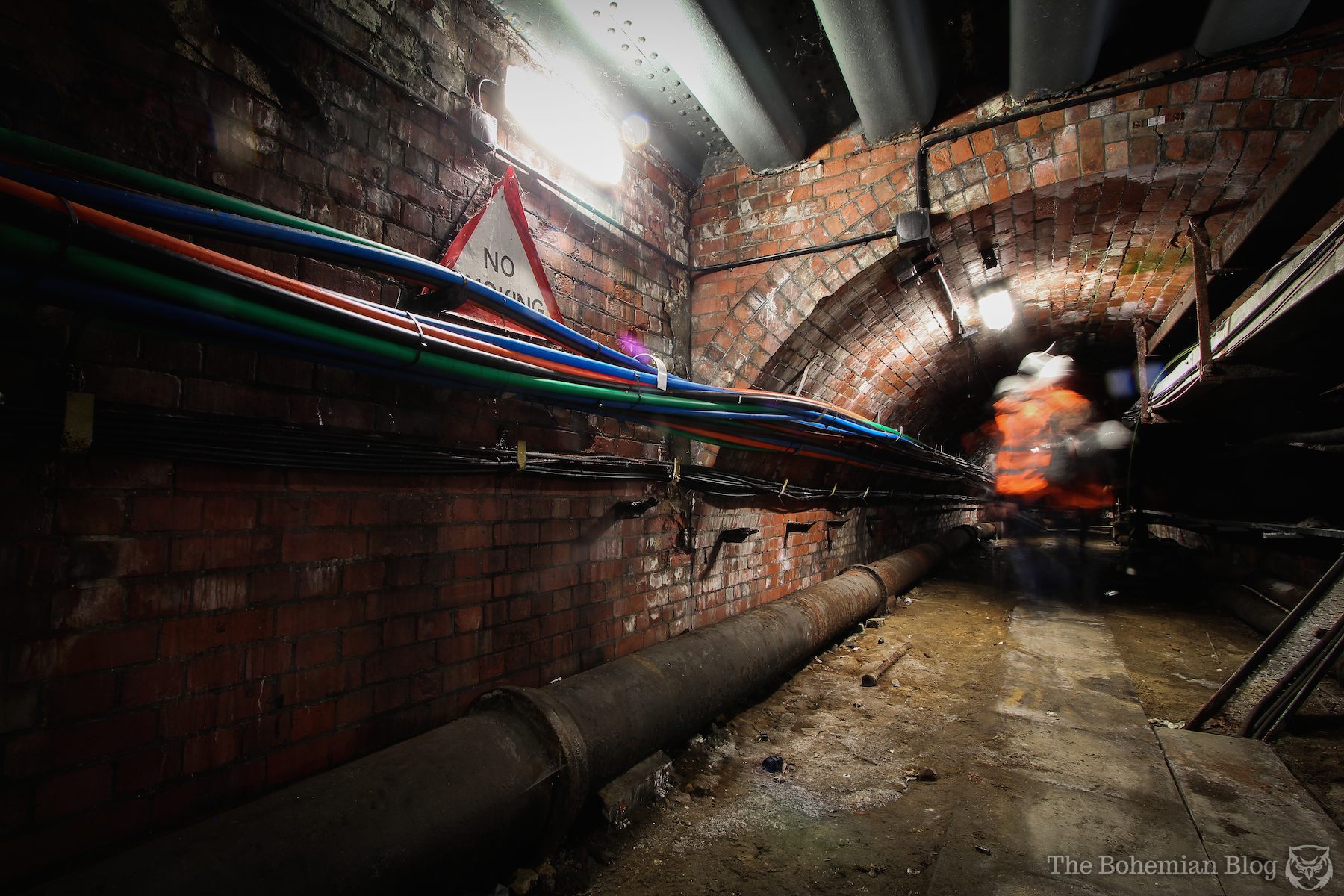
Urban explorers descend beneath London disguised as maintenance workers (photograph by Darmon Richter)

Junctions connect these tunnels to other systems, to the sewers, and occasionally, to the underground train network (photograph by Darmon Richter)
Darmon Richter is a freelance writer, photographer, and urban explorer. You can follow his adventures at The Bohemian Blog, or for regular updates, follow The Bohemian Blog on Facebook.







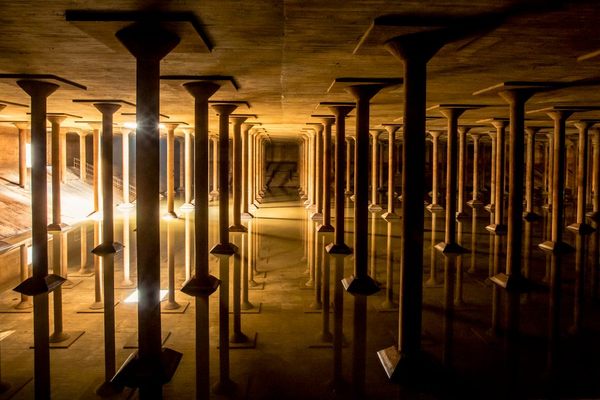







Follow us on Twitter to get the latest on the world's hidden wonders.
Like us on Facebook to get the latest on the world's hidden wonders.
Follow us on Twitter Like us on Facebook